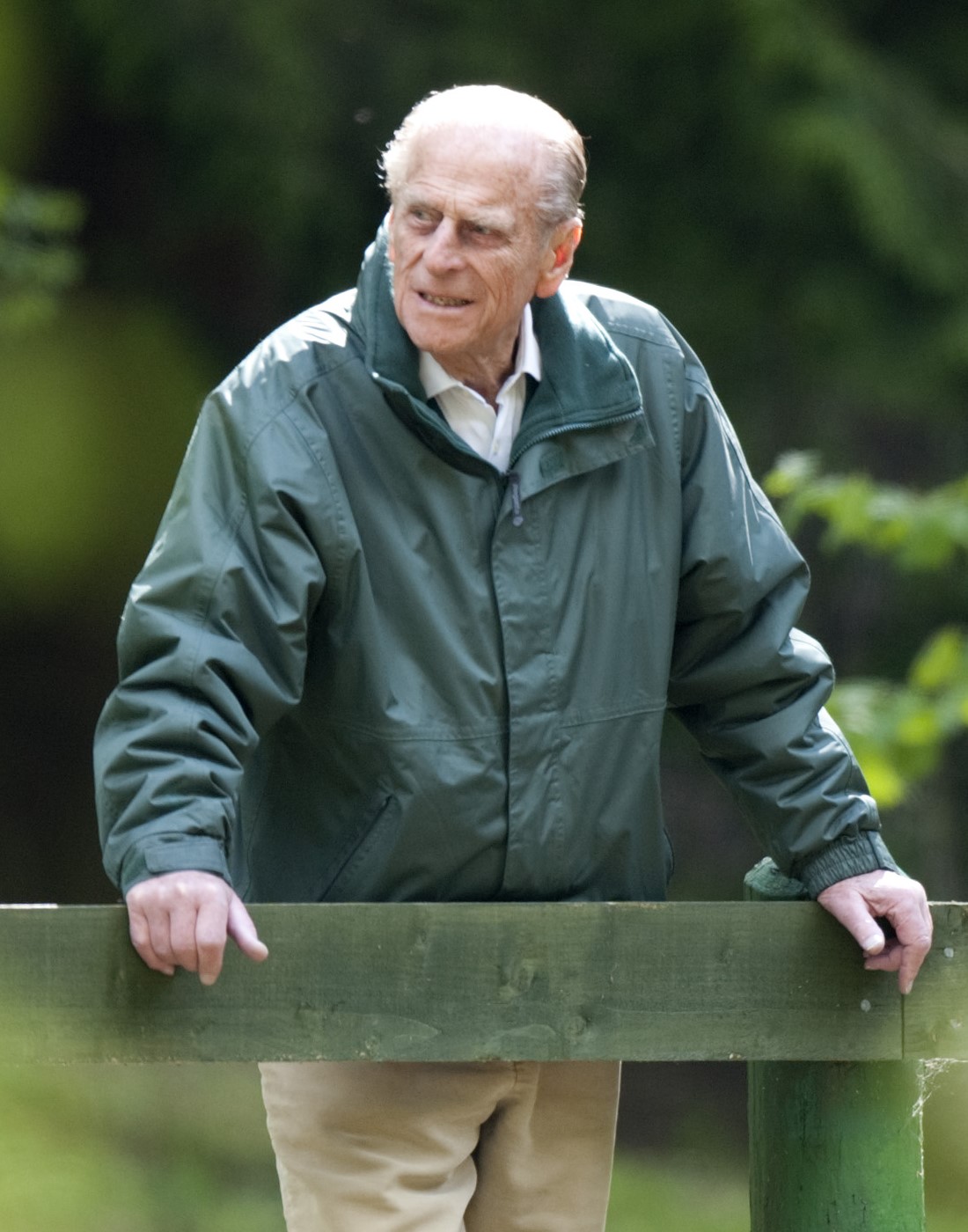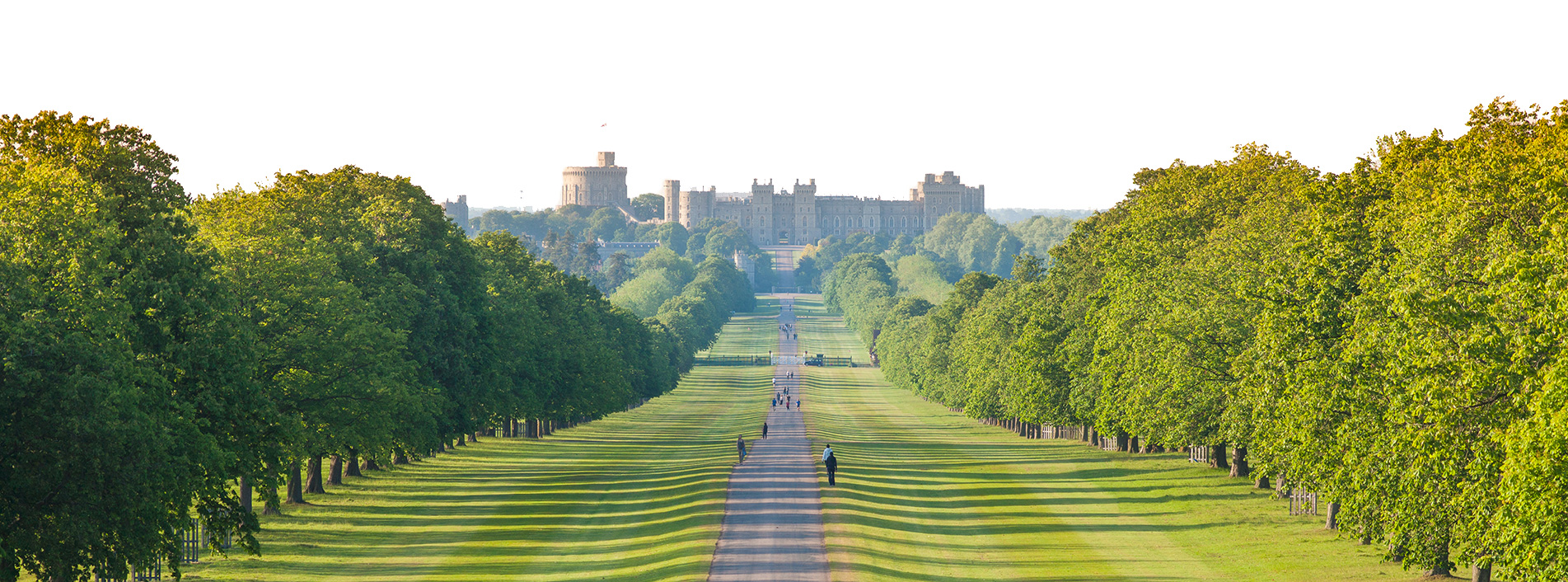
The Prince Philip, Duke of Edinburgh

Published by
Windsor Great Park
Apr 9 2021
Share this article
The Prince Philip, Duke of Edinburgh was the longest serving Ranger of Windsor Great Park, acting as steward for one of the nation’s most iconic landscapes for nearly 70 years. During this time, The Duke of Edinburgh became affectionately known to the Estate workers as simply ‘The Duke’.
His role began in 1952 when Queen Elizabeth II, as one of her very first acts following her accession, made him Ranger of the Great Park. During his time in post, The Duke made an immense contribution to Windsor Great, working closely and actively with the team at The Crown Estate to ensure it is both protected and improved for generations to come.
During his tenure he oversaw many significant developments which visitors now, and far into the future, will benefit from. This included the reintroduction of the red deer herd in 1979, which had been absent from Windsor Great Park since the Second World War. Part of this move involved changing the use of many hundreds of acres of land in Windsor Great Park Park from unproductive farmland to natural pasture for the deer. This had a significant impact on the balance of the ecology of Windsor Great Park, improving both the wildlife population and the beautiful, uninterrupted views that can now be enjoyed by visitors. The 40 hinds and 2 stags, selected from the Balmoral Estate, have since grown into a magnificent herd.
The Duke was also a conscientious guardian of the magnificent veteran trees and avenues across Windsor Great Park, overseeing several major projects to ensure they thrive in the long-term. This included introducing disease-resistant Elm trees in the 1970s and 80s – when Dutch Elm Disease was devastating landscapes across the country – with the aim of producing stock that could repopulate the country in future years. In the 1990s many oak trees were replanted on Queen Anne’s Ride to preserve and protect this stunning vista for years to come.

The Duke of Edinburgh’s impact can also be felt across the architecture and sculptures in Windsor Great Park. He oversaw the development of the award-winning Savill Building visitor centre – the gateway to The Savill Garden – which he officially opened in 2006. Its modern architecture, made from timber from The Windsor Estate, stands as a visual reminder of The Duke’s commitment to both preserve and innovate within the landscape. The Savill Garden has also grown and developed under The Duke’s tenure, with New Zealand Garden opening in 2007, followed by the Rose Garden in 2010.
In 2012, Cow Pond, an ornamental lake, was renovated to commemorate Queen Elizabeth II’s Diamond Jubilee. The diamond lattice balustrade of the Baroque-style footbridge was designed specifically to represent this momentous event. The oak arbour and footbridge, made from Windsor Estate oak, were added as part of the renovation project. Visitors to Cow Pond can now enjoy a walk around this tranquil pond restored to its former glory.
With a long history of Royal stewardship, Windsor Great Park is home to many historic monuments and in 2002, during The Duke’s tenure, the Golden Jubilee Statue took pride of place at the southern end of Queen Anne’s Ride. The statue was a Golden Jubilee gift from The Crown Estate and is the only statue of Queen Elizabeth II on horseback to have been commissioned to date.
Thanks to The Duke’s understanding of land management, commercial activity on The Windsor Estate continues to be carefully balanced with conservation. This has ensured Windsor Great Park can sustain itself whilst allowing wildlife to flourish, rare birds and insects to thrive and ancient woodlands to be preserved. On the Estate’s farms, his commitment to blending tradition with innovation has supported the introduction of the latest technologies to improve standards and ensure livestock are of the highest quality. The village in the heart of Windsor Great Park is now heated by a biomass plant and even Windsor Castle itself uses renewable energy generated by a hydro power plant in the Park. In 2011 he was also instrumental in the reinstatement of a vineyard on the estate, last seen at Windsor in the reign of Henry II and at the same time helping to raise the profile of the English wine industry.
These major projects have had a significant impact on Windsor Great Park as it stands today. But as well as major projects, The Duke was well respected for his active role in the day to day management of Windsor Great Park, paying attention to the detail as much as the bigger picture. As Bill Cathcart, former Superintendent of Parks for The Crown Estate, commented, “Every few weeks a memo would drop on my desk and it would be comments that the Duke had made. Maybe he’d found a broken gate somewhere, or a tree had fallen over a track.” This attention to detail reveals how seriously The Duke took his role, and the passion with which he carried it out.
One of The Duke of Edinburgh’s greatest legacies is undoubtedly the Duke of Edinburgh’s Awards, created in 1956 to develop young people for life and work. This desire to help young people to progress has also found root in Windsor Great Park, with a broad range of apprenticeship and work experience opportunities available in areas such as farming, forestry, horticulture and building.
Windsor Great Park also served as a place for The Duke to enjoy outside of his role as Ranger. It was here that The Duke enjoyed the Royal Windsor Horse Show, playing and watching polo and carriage driving. In the early 1950s he did part of his flying training from Smith’s Lawn, which was used as an airstrip in the Park during the Second World War. In 2016 The Duke, (the last person to officially fly from the airfield) unveiled a memorial stone on Smith’s Lawn Airfield for the Airfield of Britain Conservation Trust (ABCT).
The Duke, in his role as Ranger of Windsor Great Park, has followed in the footsteps of members of the Royal Family spanning hundreds of years, including King George III, King George IV, King William IV, Queen Victoria, Prince Albert, King George V and King George VI. Through his tireless commitment over the past seven decades, he has played a pivotal role in the history of this landscape, ensuring that it continues to thrive, for the benefit of people and wildlife alike.
We offer our gratitude for his service, and our commitment to continue this legacy, protecting, preserving and improving this iconic landscape for many generations to come.
“The management of land is a very long-term business and the best results can only be achieved if there is confidence and continuity. We are enjoying the gardens and avenues and amenities planted by previous generations and it is because I feel myself to be a temporary custodian that I am planting for future generations.”
The Duke of Edinburgh
Share this article


